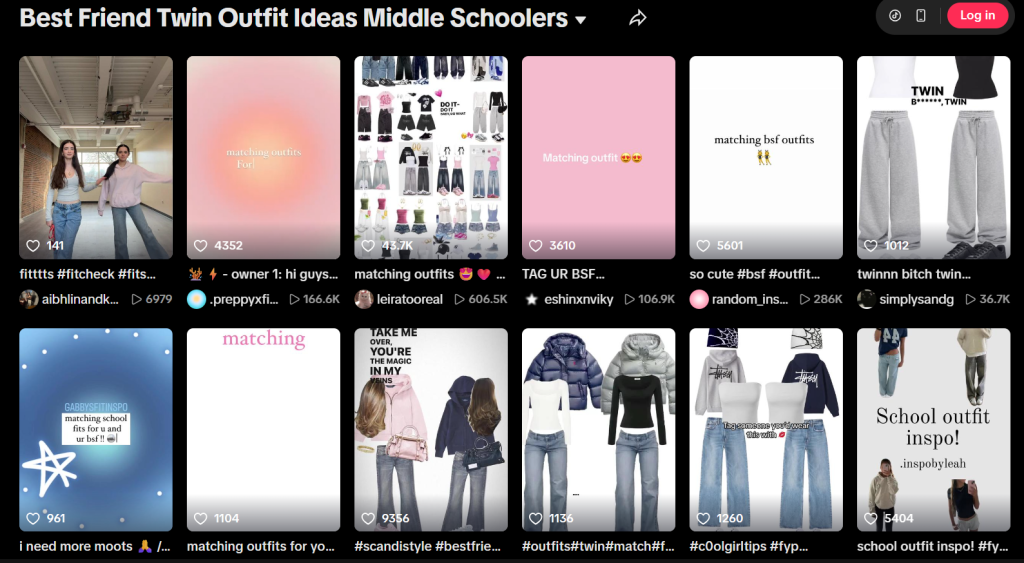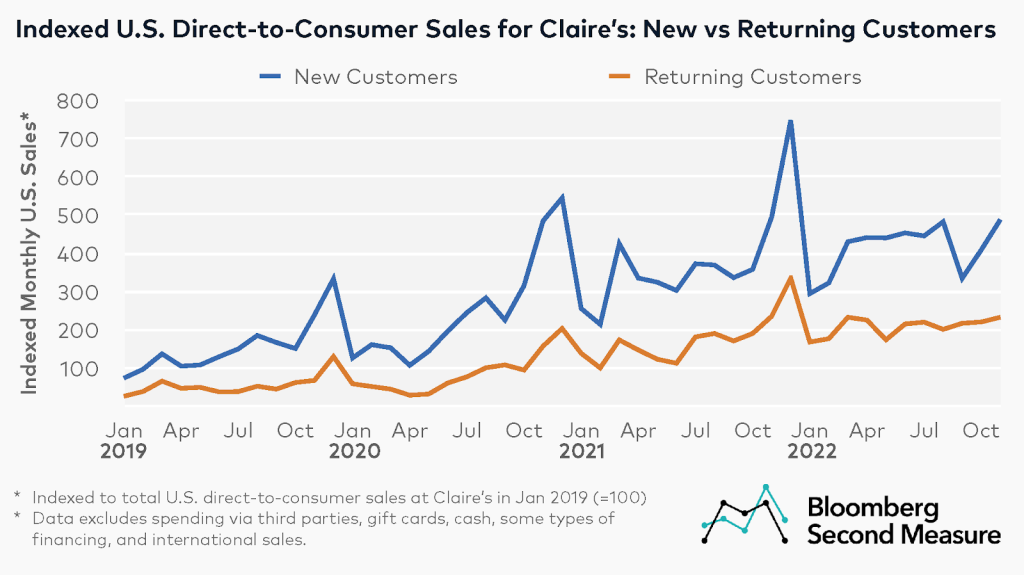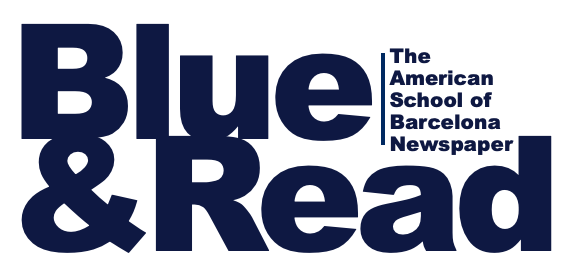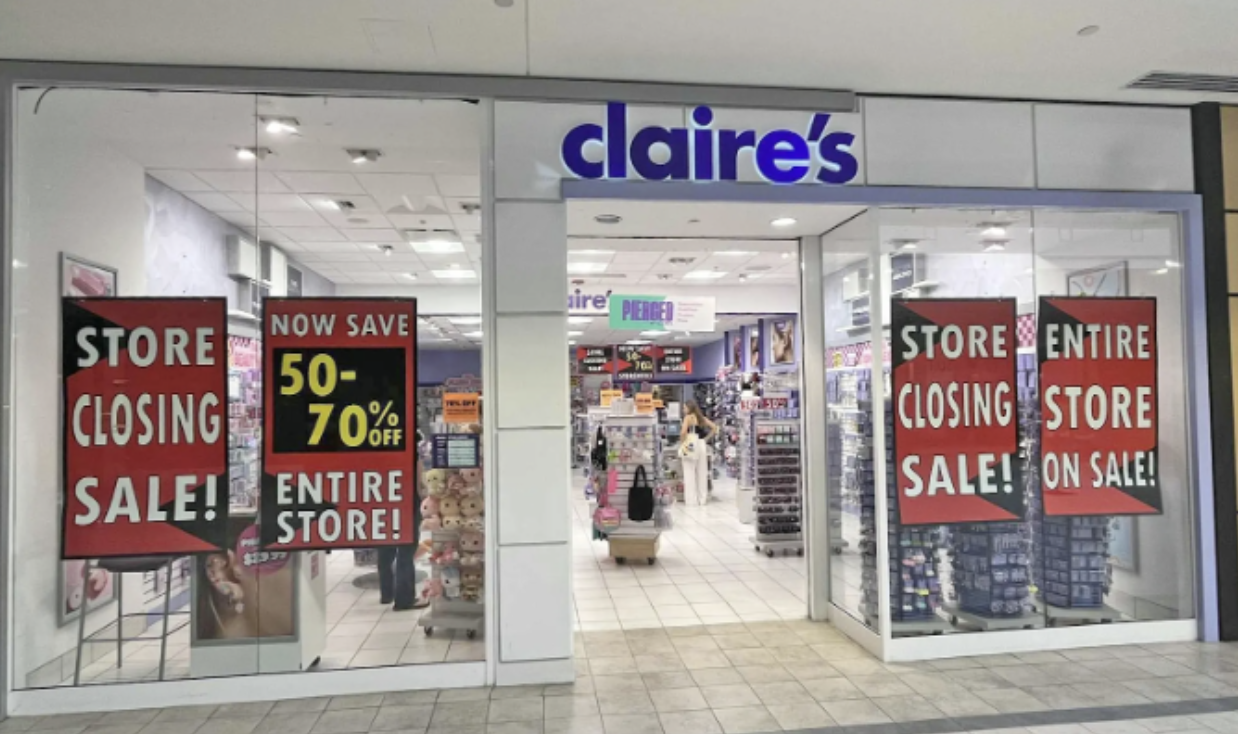If you grew up in the 2010s like me, stores like Justice and Claire’s probably had you in a chokehold. I remember passing by them every time I went to the mall to pick up a sequin tee or a fuzzy cat wallet to stash the 4 dollars I had to my name at the time. However, sometime in the summer of 2020, Justice officially filed for chapter 11 bankruptcy, a proposed plan to try and keep a failing business alive, even though all its physical stores still closed down later in the year. Claire’s also filed for bankruptcy in the US not too long ago this year, around early August.
Even though a buyer was eventually found and only a fraction of Claire’s brick-and-mortar stores were closed down, what’s really going on? Why are some of the most popular 2010s children’s and tween brands, once packed with buyers and accessories flying off the shelves, suddenly going bankrupt and sometimes even closing? Why aren’t the children interested in cat shirts, JoJo Siwa bows, or sequins anymore?
This actually has to do with multiple factors and not just a change in trends. Let’s put it this way: kids today simply grow up too fast. It’s common for older teens, like high schoolers, to say things like, “Kids today don’t even have awkward phases anymore!” to poke fun at elementary schoolers’ full faces of makeup and mature-looking clothing, but personally I think they have a point. Back in the prime of tween stores, tweens didn’t actually have much access to things like social media, which would have told them what to wear or how to style their clothes. It was a thing we were forced to figure out ourselves and go through multiple awkward phases to eventually find our own tastes.
With phones and social media on the rise among children as young as elementary schoolers, however, the current internet obsession with looking “clean” has completely taken over, and presents the worry that the once iconic 2010s tween demographic is now too “cringe” for its target audience, which is usually composed of children between the ages of 8 and 12 who are easily influenced.


Comparison of tween/middle school fashion between middle schoolers in 2011 and middle school outfits influenced by Tiktok in 2025. The 2011 looks are more colorful and experimental, while the 2025 ones have little to no colors and look more basic, put together, and matchy. Left picture taken from The Odyssey Online, right picture screenshotted from Tiktok.
This also has to do with factors relating to money. It’s important to think about the overall pipeline of events and not just the lack of popularity and modern relevance in the style of items being sold. When stores can’t attract enough attention from the public, sales drop. When sales drop, they don’t make as much money, and taking out large loans to pay to keep stores open and manufacturers producing can leave companies drowning in debt. When Justice was nearing its end, an overall debt of 1.3 billion dollars was recorded. And with Claire’s, one of the last remaining children’s retail hotspots, listing between 1 billion to 10 billion dollars in debt when they filed for bankruptcy in August 2025, it’s not looking good for the next generation of kids wanting to start figuring out a personal style.
If these types of stores are already struggling to stay afloat, then the rising popularity of cheaper online retailers isn’t going to do much but only make the issue worse. Many have moved on from mall trips or physical stores to unethical, cheap, and fast online retail giants like Shein and Temu. Now, this isn’t to say that Claire’s and Justice were the most ethical brands in the first place, but these types of online shops are some of the largest assets of the fast fashion industry, and are responsible for a massive amount of textile waste and overall pollution yearly.


Comparison of Shein’s sales rate to Claire’s sales rate. Claire’s sales dropped drastically in 2022, while Shein’s sales skyrocketed. Left picture from Bloomberg Second Measure. Right picture from MobilLoud.
So let’s try to envision the coming generation a bit: imagine your 4th grade daughter coming back from school in her Shein crop top and Nike pros asking what one of your favorite stores as a child was. The market for things that were probably once worshipped in your 3rd grade class, like sparkly shirts and cat ears, is in deep trouble today due to the lack of interest from today’s young shoppers trying to figure out their style, debts that just keep piling higher and higher, and fierce competition from more popular, fast, and recent retailers. If the normalization of kids growing up too fast and the obsession with fast unethical fashion continues, will there be any hope at all for what used to be the most influential stores of your elementary school years?
Works Cited
Butler, Sarah. “Claire’s Files for US Bankruptcy for Second Time in Seven Years.” The Guardian, The Guardian, 6 Aug. 2025, www.theguardian.com/business/2025/aug/06/jewellery-chain-claires-goes-bankrupt-for-second-time-in-seven-years.
Merod, Anna. “Half of Young Children Own a Cell Phone or Tablet.” K-12 Dive, 3 Mar. 2025, www.k12dive.com/news/half-of-young-children-own-a-cell-phone-or-tablet/741318/.
Moss, Linda. “News | Claire’s Finds Buyer for Almost 1,000 Stores, Avoids Liquidation.” Costar.com, 2025, www.costar.com/article/1940092390/claires-finds-buyer-for-almost-1-000-stores-avoids-liquidation. Accessed 20 Sept. 2025.
Selyukh, Alina. “Claire’s, the Ear-Piercing Tween Mall Staple, Is Bankrupt — Again.” NPR, 6 Aug. 2025, www.npr.org/2025/08/06/nx-s1-5468605/claires-ear-piercing-accessories-bankruptcy.
Stefani, Chloe. “What Happened to Justice?” The Looking Glass, 19 Mar. 2023, lookingglass.montroseschool.org/front-page-scroll/2023/03/19/what-happened-to-justice/.

